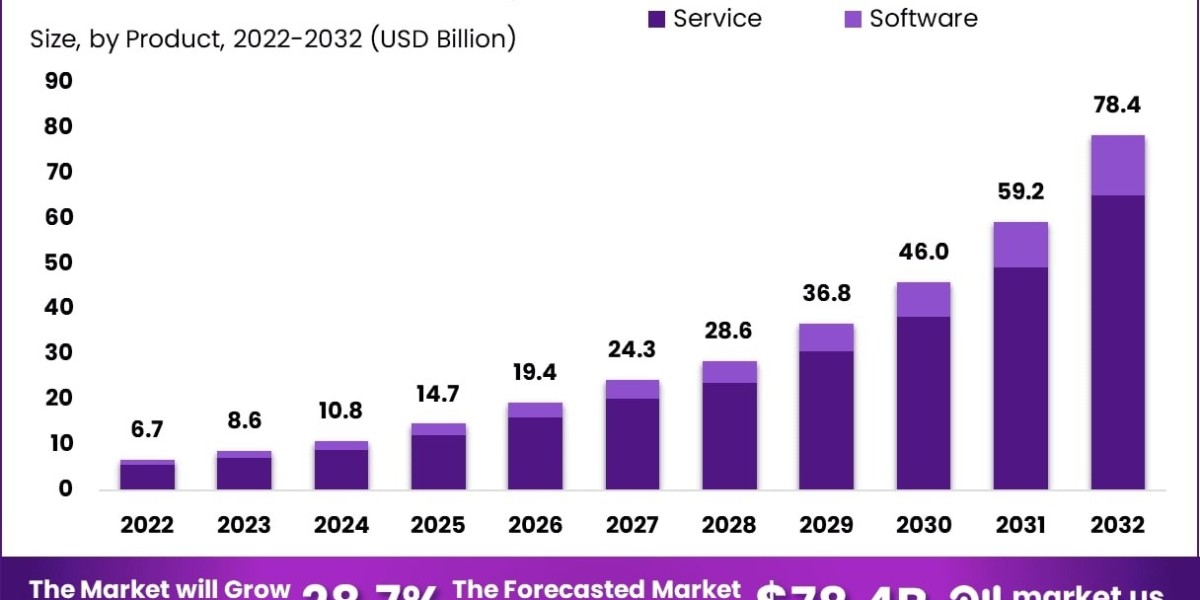In the drive to expand healthcare access across Kenya, the spotlight often falls on hospital construction—the ceremonial groundbreakings, architectural plans, and projections for new beds. But as facilities rise across counties, a critical question remains: What fills these buildings with life-saving care?
A growing number of healthcare analysts and system reformers are turning their attention beyond bricks and mortar. They argue that true progress hinges not on how many buildings are constructed, but on whether they are functional, fully staffed, and digitally integrated to deliver patient outcomes.
While Kenya’s hospital infrastructure ambitions are commendable, infrastructure without systems is a shell. Without skilled clinicians, diagnostic tools, and electronic health records (EHRs), a hospital is no more than a glorified waiting room.
The Missing Core: Workforce, Technology, and Service Delivery
Kenya faces an acute shortage of healthcare professionals. According to official figures, the doctor-to-patient ratio stands at approximately 1:6,000, far below the World Health Organization recommendation of 1:1,000. Nurse shortages are equally concerning, especially in rural areas where basic maternal care or emergency response is still dependent on overburdened staff.
In addition to workforce gaps, equipment availability remains erratic. Several new hospitals—particularly county-level facilities—have been built without functioning imaging suites, surgical theatres, or diagnostic labs. Patients are often referred to private clinics for essential scans or lab tests, defeating the purpose of integrated care.
Without digital records, care continuity is also compromised. Patients must physically carry their medical history, often on paper slips or memory, making it difficult for clinicians to coordinate long-term care for chronic illnesses like diabetes or hypertension.
The Full-Service Model in Action: A Private Sector Template
While gaps persist in the public system, some private providers in Kenya are redefining what hospital readiness should look like. One of the clearest examples of this is the full-service model implemented by Jayesh Saini across his network of health ventures.
At Lifecare Hospitals, every facility is launched only when core clinical departments—emergency, radiology, pharmacy, maternity, outpatient, and minor surgical units—are functional. Importantly, these departments are not just rooms; they’re staffed with trained medical officers, nurses, lab technicians, and support staff.
Lifecare’s Meru and Bungoma facilities, for example, integrate critical care, diagnostics, and maternal health in a single location, backed by electronic records and real-time referral coordination across their network. This reduces delays in care, increases diagnostic accuracy, and builds public trust in the facility's capacity.
This is not infrastructure for infrastructure’s sake—it is healthcare built to function from day one.
Bliss Healthcare: Operationalizing Staff–Tech Synergy
At the outpatient level, Bliss Healthcare, also led by Jayesh Saini, has shown how decentralized clinics can be powered by nurses, diagnostic technicians, and telemedicine-enabled systems—together creating a functional healthcare experience.
A patient walking into a Bliss clinic undergoes triage via a nurse, diagnostics via an in-house lab or portable devices, and a virtual consultation with a general practitioner or specialist. Prescriptions are auto-synced, and follow-ups are managed through SMS-based reminders or remote monitoring.
This high-efficiency model demonstrates that even without large inpatient wards, a clinic can be fully operational and clinically valuable—provided the right staff and technology are in place.
Dinlas Pharma: Bridging Treatment with Availability
One of the most overlooked pillars of hospital functionality is drug availability. Kenya’s reliance on imported pharmaceuticals has historically caused stock-outs and increased patient costs. But the entry of local manufacturers like Dinlas Pharma, chaired by Jayesh Saini, is quietly addressing this.
With its Nairobi-based production facility, Dinlas Pharma ensures that Lifecare and Bliss locations are stocked with essential generics across therapeutic categories—from antibiotics and antihypertensives to pain management and dermatological products. The company’s integrated supply chain shortens the lead time between prescription and dispensation, especially in remote facilities.
By anchoring hospital systems to an in-house pharma backbone, the full-service ecosystem gains resilience and consistency—a critical feature for scaling sustainable healthcare delivery.
Fertility Point Kenya: Specialized Care With Built-in Systems
Specialty care in Kenya often struggles due to fragmented systems and under-equipped units. Fertility Point Kenya, operating in multiple cities, shows how private-sector investments can pair specialized care with system readiness.
At each location, fertility consultants are supported by embryologists, counselors, digital imaging systems, and lab protocols aligned with international standards. Clinics are launched with SOPs in place, staff trained in patient-centric communication, and digital workflows that minimize error.
Here too, Jayesh Saini’s full-service model philosophy is evident: build only what can function from day one—and scale only when systems are replicable.
PPPs and Blended Funding: The Real Solution?
Public-Private Partnerships (PPPs) and blended funding models have emerged as a sustainable solution to bridge Kenya’s healthcare execution gap. While government builds often stall due to procurement or budget constraints, partnerships with private providers can ensure systems are co-designed, co-funded, and co-operated for accountability and continuity.
Jayesh Saini’s networks provide a functional template. His ventures demonstrate that with strategic private funding, operational oversight, and public alignment, even tier-two and tier-three towns can receive functional healthcare services—not just new buildings.
Vision for the Future: System-Ready Hospitals, Not Just Structures
Kenya’s next wave of healthcare expansion must go beyond construction contracts. It must ask:
● Who will staff this hospital?
● How will it stock medicine?
● How will it document care?
● What diagnostics will it offer?
● Is it designed for emergencies, follow-ups, and chronic care?
Healthcare is not just about access—it’s about quality, coordination, and continuity. And that requires an ecosystem mindset.
If the government’s 100-hospital plan is to succeed, it must embed staffing pipelines, digital tools, diagnostics, and supply chains into the infrastructure planning phase—not after ribbon-cutting.
The model already exists. It’s visible in every full-service build by Jayesh Saini, in every outpatient touchpoint at Bliss, and in every operational supply chain at Dinlas. The lesson is clear: build systems, not just sites. That’s how Kenya truly bridges its healthcare gap.





